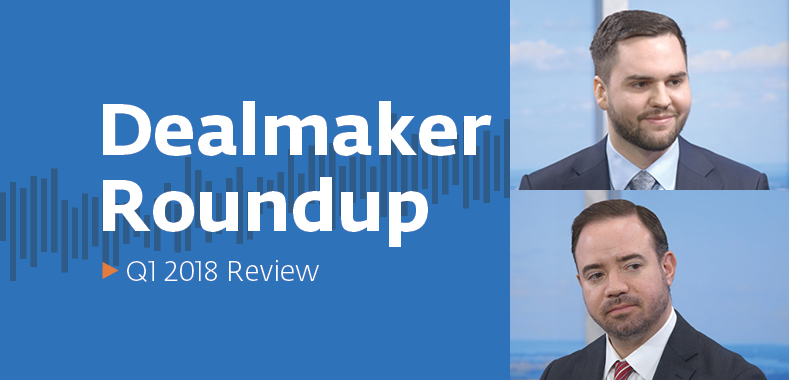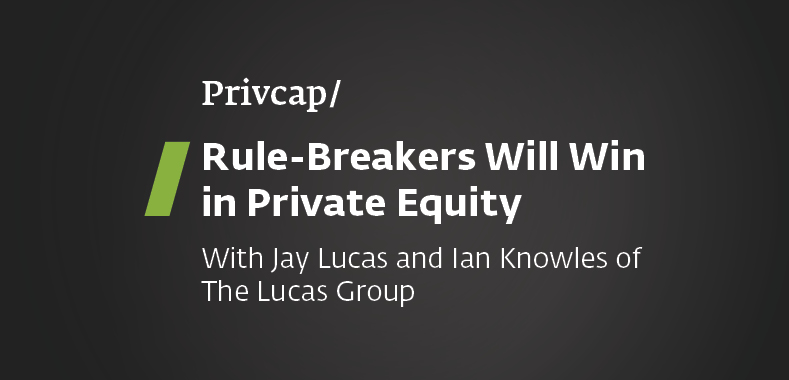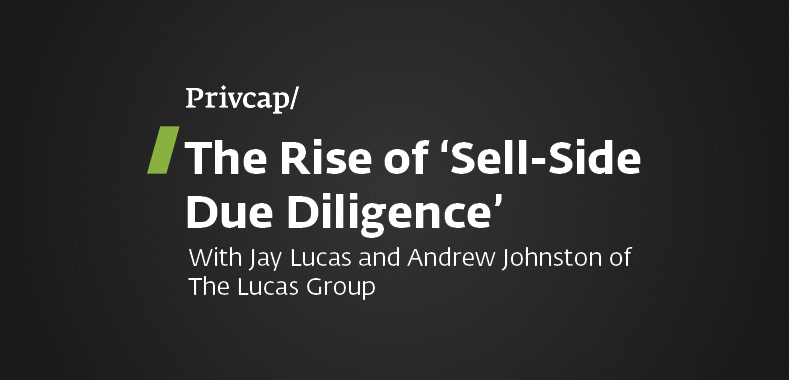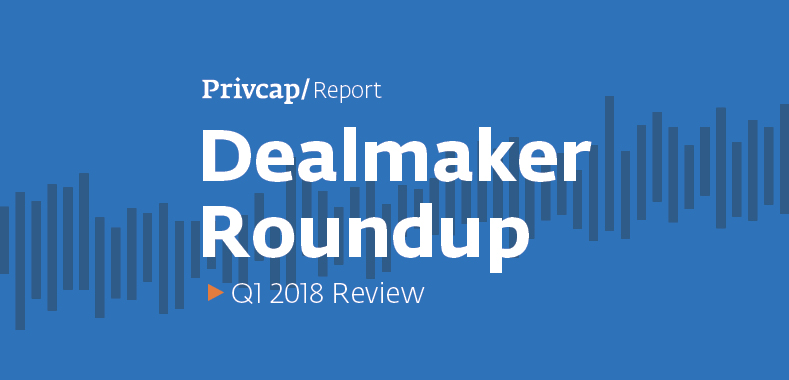Is “Deal-by-Deal” All It’s Cracked Up to Be?
Deal-by-deal structures are on the rise, but what are the risks?
After struggling to raise a traditional commingled fund, London-based Duke Street Private Equity in 2012 transitioned into a deal-by-deal model and found investors took to the new strategy.

“There are no external distractions and that means we can fully align interests of the company, our investors and our firm,” explains James Almond, a partner at the firm. “We are able to fund each deal on a bespoke basis.”
According to Preqin, in mid-2014 there were 136 firms actively executing this strategy. Roughly half were in North America with one-third based in Europe; half of those were UK-based.
Investors find the deal-by-deal, “fundless sponsor” model attractive for a number of reasons. When deals are presented individually, they get direct access to deal flow while being able to pick and choose where to allocate capital. Often, those transactions come with lower fees than those charged for traditional funds.
The downside is that each deal requires review and approval, which can strain already thin resources, and deals run the risk of falling apart if investors can’t be found.
The structure is particularly attractive for new managers. They raised $83 billion globally last year, 49 percent of which was done on a deal-by-deal basis, according to Palico.
For the manager, the deal-by-deal model can, of course, pose significant challenges. Signing up investors for each deal can delay closings and, at worse, cause good deals to slip away. GPs must also absorb the up-front cost of sourcing, diligence and negotiation.
While closing each deal can be more onerous for the managers, the hope is that those costs can be less than the time and expense of raising large commitments of long-term capital. The ultimate returns can also be greater because more flexibility means carry can be earned significantly faster.
Earlier this year, Duke Street, which focuses on mature, middle-market businesses in Western Europe, evolved its strategy into a “hybrid” structure that includes 50 percent in a traditional fund and 50 percent investment coming from a club of co-investors on a deal-by-deal basis.
“We continue to execute our investment strategy,” explains Almond. “That has not changed.”
While Almond doesn’t foresee the deal-by-deal structure overtaking the traditional 10-year fund within private equity, he senses investors will continue to appreciate more flexible models that include shorter-life funds and models offering increased transparency within the asset class and across the broader investment world.
Deal-by-deal structures are on the rise, but what are the risks?






























